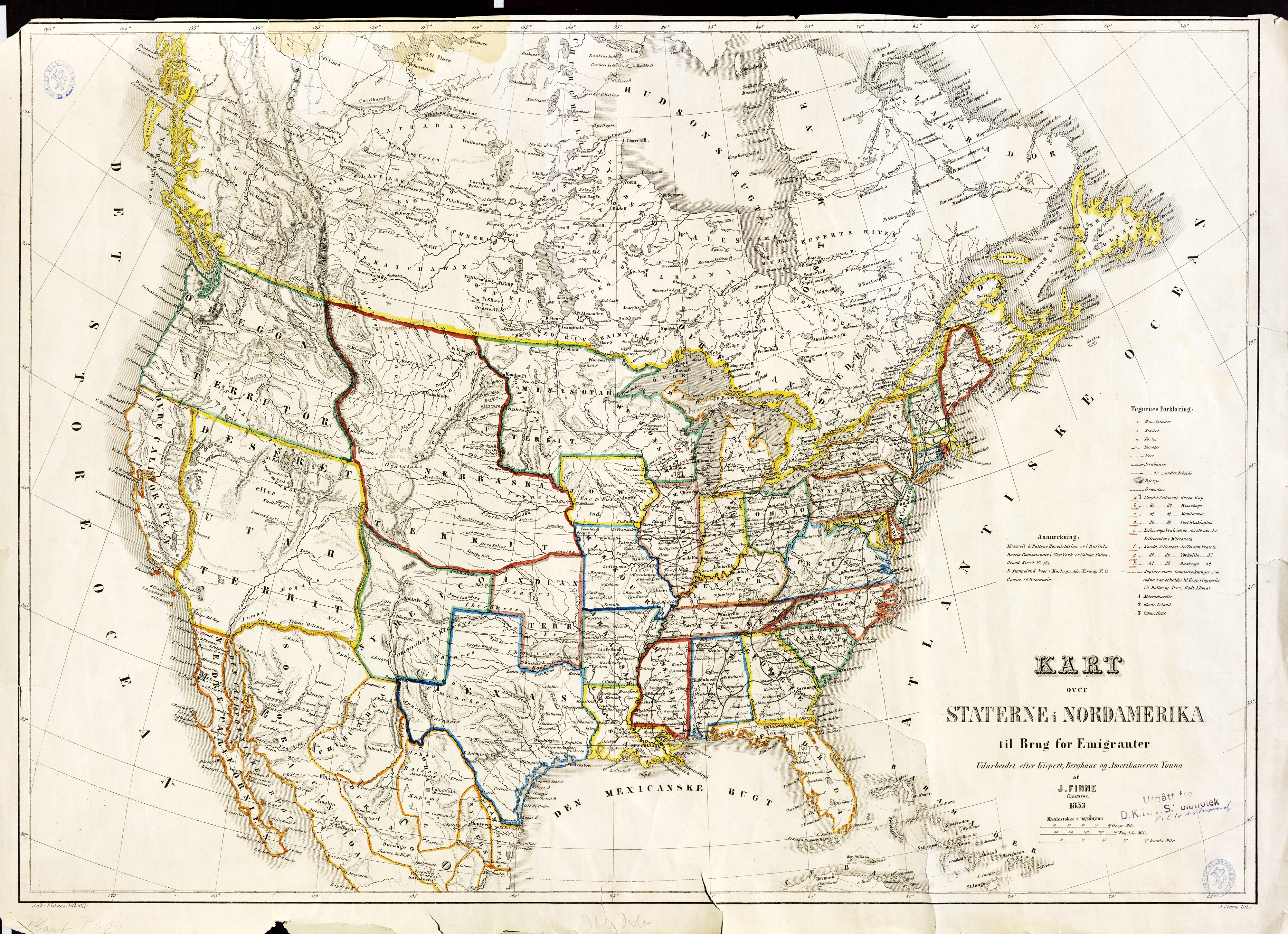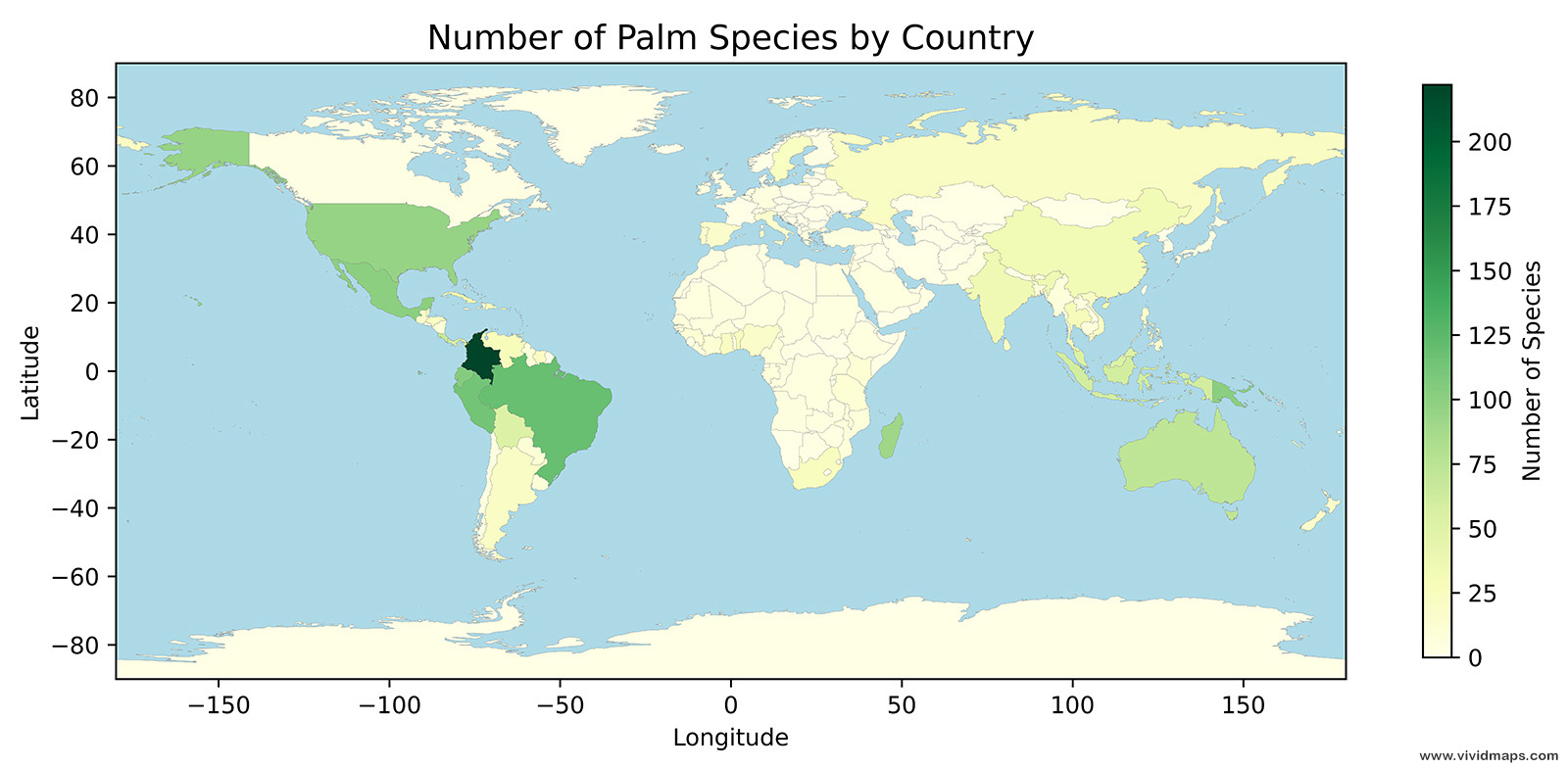A Depression-Era Medicinal Plant Map of the US
“Each year, (hiring October, pharmacists in Anglo-Saxon countries make a special effort to bring to the attention of the public through window-displays and otherwise, important facts about the professional services of pharmacy. This map is issued at this time so as to aid pharmacists in this World-Wide Observance of Pharmacy Week.”
Medicinal Plant Map of the United States of America

The Service of Pharmacy
“It is important that the public does not lose sight of the fact that the professions of Pharmacy, Medicine, and Dentistry, each give an essential service, which must not be impaired or destroyed by commercial trends. The public and the professions will suffer equally if these services are allowed to deteriorate.
In pharmacy the public should understand something of the breadth of knowledge required of the pharmacist. Few people realize the extent to which plants and minerals enter into the practice of pharmacy, and how vital they are to the maintenance of public health. It has been stated that upwards of 70 per cent of all medicines employed are the products of plants. The more important vegetable drugs are obtained from about two hundred different plants which grow natively in different parts of the world. Comparatively few are extensively cultivated.
The plants shown on the face of this map grow natively or are cultivated in the State where illustrated.
In most cases the native plants are also found in abundance in other States of similar climatic and geographic conditions. The names, as given, are in accordance with the United States Pharmacopoeia X or the National Formulary, fifth edition.
Intense scientific study, expert knowledge, extreme care and accuracy are applied by the pharmacist to medicinal plants and drugs from the point of origin through the intricate chemical, botanical, and pharmaceutical processes employed in preparing medicine.
It is hoped that this map may serve to broaden the general knowledge of the public along these lines and to develop a better understanding of the vital part the pharmacist plays in combining his services with those of the physician in utilizing the products of nature in the practice of pharmacy.”








